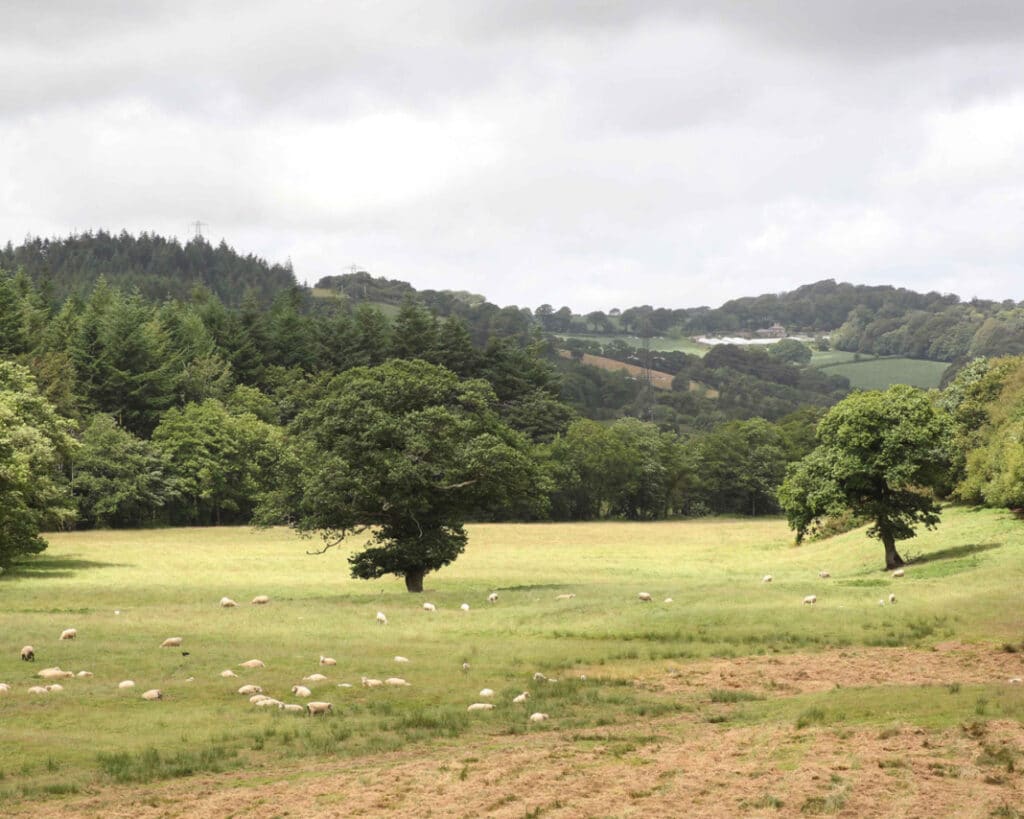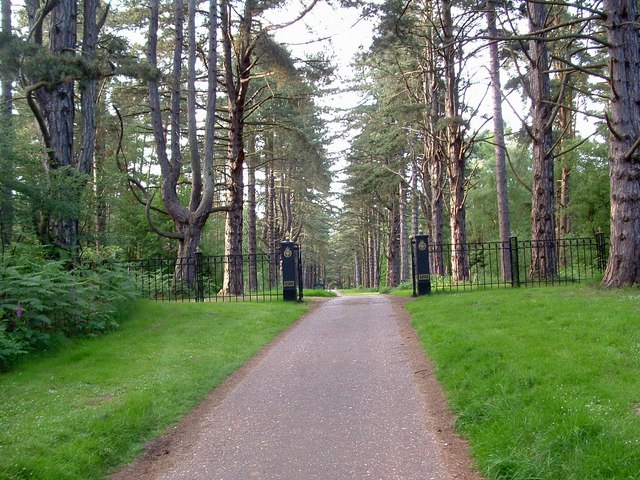GAELIC blood, like the sap that moves up the fibres of a giant oak, runs through the veins of Geraint Richards, head forester of the Duchy of Cornwall.
This son of a Cornish father and Welsh mother is responsible for the management of more than 2000 ha of trees, woodlands and forests – all FSC certified – across the Duchy’s extensive landholding, and we now readily interpret the Latin tempora mutantur … the changing of the guard.

With the accession of Prince Charles to the throne on May 6, the king’s eldest son William becomes heir apparent, the Prince of Wales and the 25th Duke of Cornwall and inherits the £1 billion Duchy, a landed estate of more than 52,000 ha stretching across 20 counties in England and Wales.
Closer to home, the Prince of Wales Award for Sustainable Forestry, instigated by Charles and managed in Australia by Forestry Australia, recognises the achievements of young forest professionals in Australia and New Zealand.
Geraint Richards, who has represented the Prince of Wales at award ceremonies in Australia and New Zealand, graduated with a BSc in Forestry from Bangor University in North Wales. Following a spell with the Forestry Commission, he was appointed Head Forester for the Duchy of Cornwall in 1996 and in 2019 was awarded the Royal Forestry Society’s Gold Medal for distinguished services to forestry.

“It’s about forests and foresters,” says noted forester Rob de Fégely, AM, chair of the Forest Industry Advisory Council.
“His Royal Highness has a well-known passion for forests and natural production systems,” Mr de Fégely said, “and as Prince Charles he has provided support to the professional forestry institutes in Australia and New Zealand and prior to that in Canada and UK.
“He has encouraged greater awareness of the importance of sustainably managing the world’s forests and training and creating a network of young foresters who will manage them professionally.
“Forestry is about long-term thinking and planning and the award should continue to inspire many younger members of our profession to join his quest to manage the world’s forests sustainably.”
Planting trees and managing forests has been a Royal Family affair for over 70 years of the late Queen Elizabeth’s reign. She has planted close to 1600 trees worldwide, and the Queen’s Green Canopy is a unique tree planting initiative created to mark her Platinum Jubilee last year.
Seventy unique and irreplaceable ancient woodlands were identified across the UK as a celebration of those 70 years of service. The Queen joined the Prince of Wales for the first Jubilee tree planting in the grounds of Windsor Castle in spring last year during the tree planting season to mark the launch of the initiative.
A Verdun oak (Quercus petraea), the tree grew from an acorn taken during the Battle of Verdun, the longest of the First World War, fought from February 21 to December 18, 1916, on the Western Front on the hills north of Verdun-sur-Meuse. Acorns were collected from trees on the battlefield and sent to England to be distributed and planted as war memorials The tree planted by the Queen was propagated by the Savill Garden team at the Royal Botanic Gardens, Kew, in 2019. An ancient Quercus oak that grew in Greenwich Park, London, is believed to be the Queen Elizabeth Oak, which dates back to the 12th century.
According to legend, King Henry VIII and Anne Boleyn once danced around it and Queen Elizabeth 1 picnicked under it. Unfortunately, this illustrious tree was brought down in a heavy storm in 1991 but it remains, slowly decaying, in the park with a young oak planted beside it.

Queen Elizabeth II was longest-living and longest-reigning British monarch who died aged 96 on September 8 last year at Balmoral Castle, was not a direct descendant of Queen Elizabeth I, who died aged 69 on March 4, 1603.
Instead, they appear to be distant cousins. What is obvious is that the two women monarchs once shared a common ancestor – King Henry VII. Ever since her youth, Queen Elizabeth II spent most of her summers at Balmoral, a sprawling highland estate in Aberdeenshire in northeast Scotland.
The royal family purchased the castle in 1852 under Queen Victoria’s reign. Clive Irving, author of the Elizabeth II biography The Last Queen, says he believes the Queen had wanted to be in Scotland for the final months of her life.
Now it emerges that as King Charles III he could gift Balmoral Castle to Scotland, turning the Royal Family’s Scottish hideaway into a permanent exhibition paying tribute to his mother.
Balmoral itself is a working estate that includes, forestry and farmland, as well as managed herds of deer, Highland cattle and ponies. About 3200 ha of the estate is covered by trees, with almost 1200 ha used for forestry.






